The Lad Bible: How a media success story has harnessed social media to fill the void left by lads' mags
The website has more than 10.6 million followers on Facebook, more than double any newspaper brand
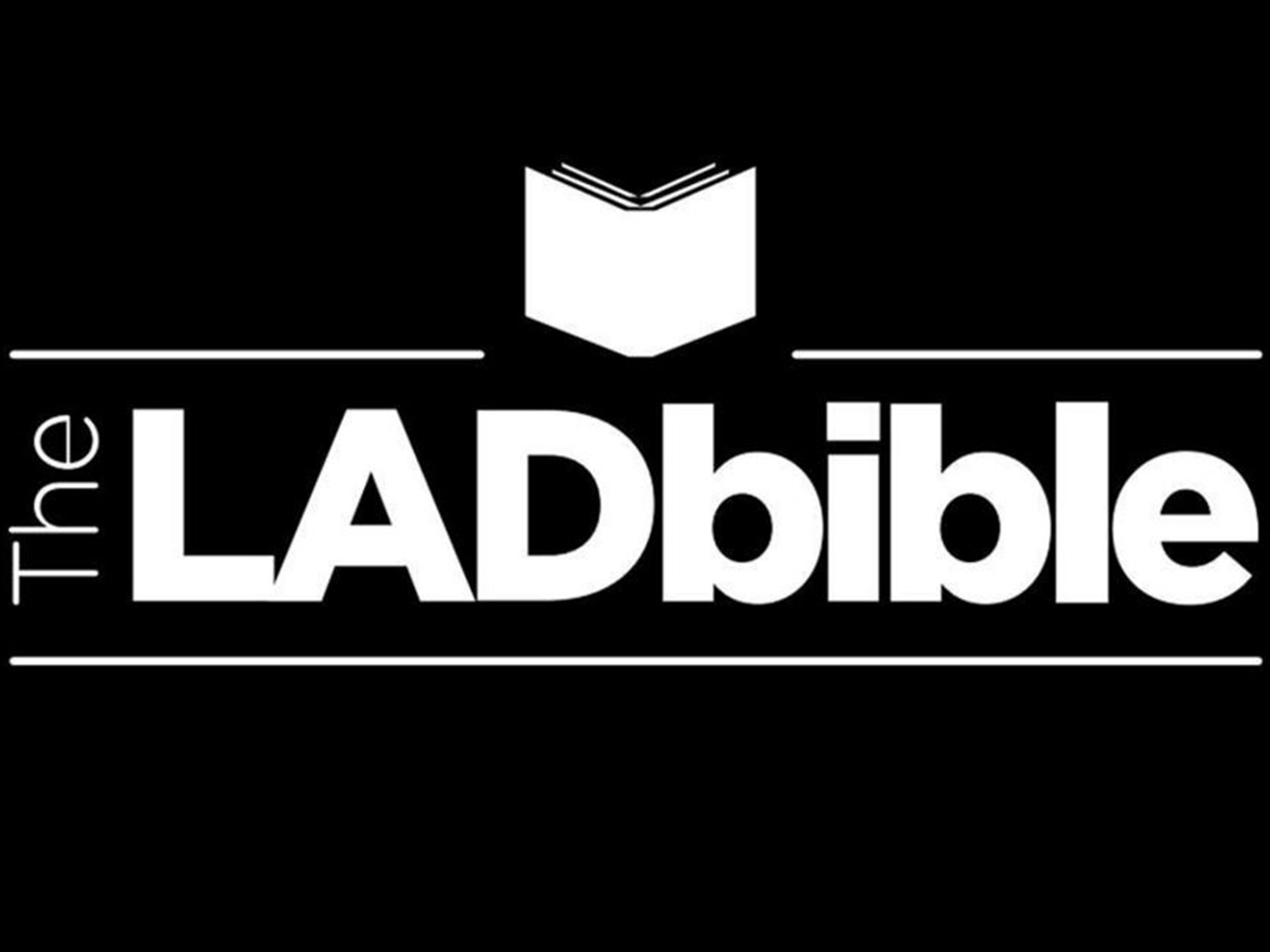
Your support helps us to tell the story
From reproductive rights to climate change to Big Tech, The Independent is on the ground when the story is developing. Whether it's investigating the financials of Elon Musk's pro-Trump PAC or producing our latest documentary, 'The A Word', which shines a light on the American women fighting for reproductive rights, we know how important it is to parse out the facts from the messaging.
At such a critical moment in US history, we need reporters on the ground. Your donation allows us to keep sending journalists to speak to both sides of the story.
The Independent is trusted by Americans across the entire political spectrum. And unlike many other quality news outlets, we choose not to lock Americans out of our reporting and analysis with paywalls. We believe quality journalism should be available to everyone, paid for by those who can afford it.
Your support makes all the difference.In a converted warehouse in Manchester’s hip Northern Quarter, 50 young people are producing a media success story that has captured the attention of half of all British males aged 18 to 24.
Whereas a previous generation had the Lads’ Mags phenomenon of the 1990s, the young Millennials have The LadBible. It has more than 10.6 million followers on Facebook, more than double any newspaper brand. What’s more, it is only four years old and run by two 24-year-olds.
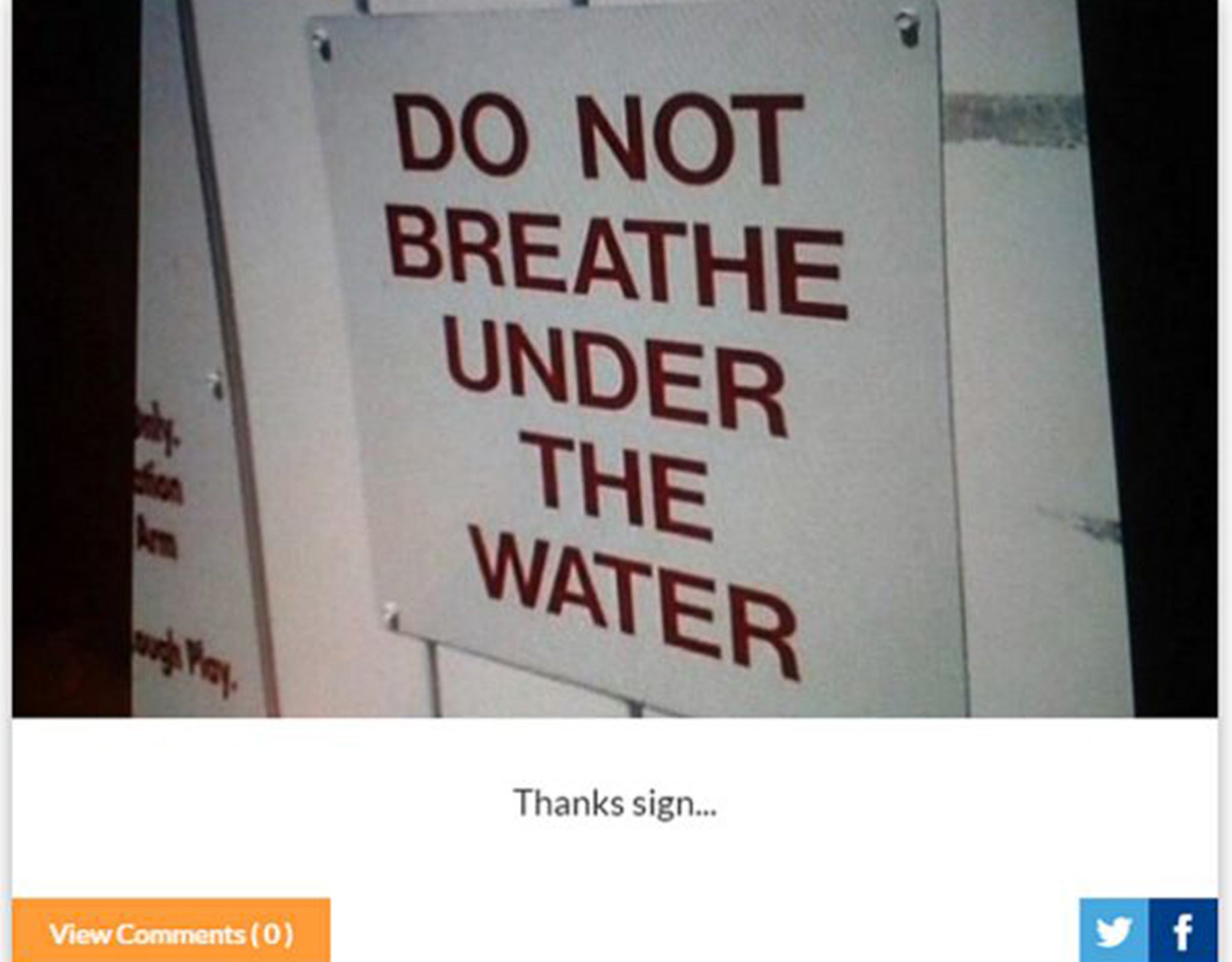
News this week of the closure of the once phenomenally successful Lads’ Mag titles FHM and Zoo provided a stark signal of the difficulties for print media in engaging with today’s young men. The LadBible’s content is designed to be shared on social media. The site’s marketing director Mimi Turner said: “We take the view that if something is funny, smart or distinctive enough to share with 80 friends, then eight million people will also like it.”
Popular recent content ranges from the revelation that “A quarter of all British men feel they have a ‘man period’”, to “This lad created the perfect underground man cave”.
Whereas a traditional newsroom is arranged into desks dedicated to health, education or business, staff at The LadBible’s office specialise in social media platforms; Facebook, Twitter, Snapchat, Instagram, Vine, YouTube. Last week it launched an app on Apple TV. Next week it releases an app for iOS platforms.
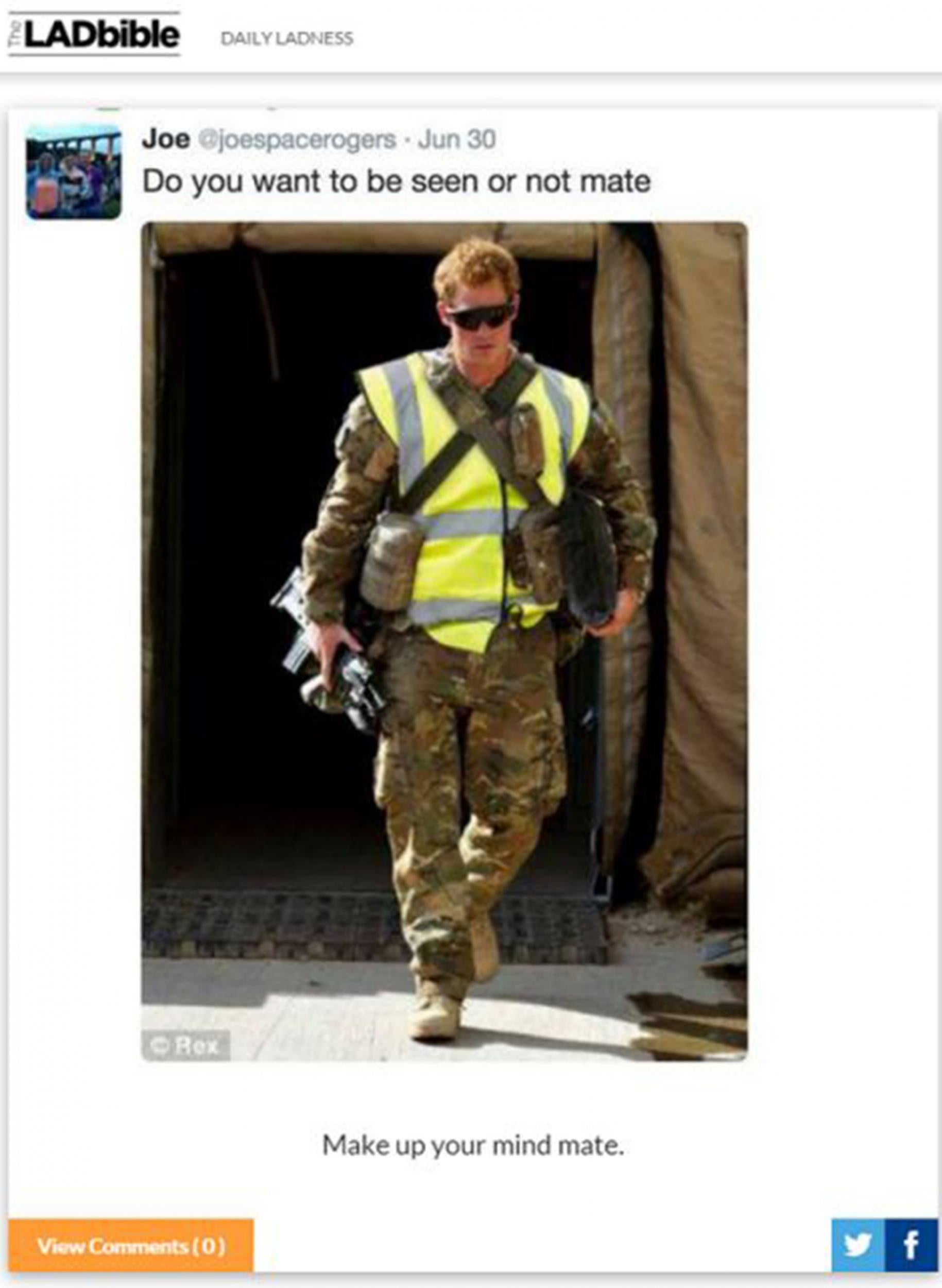
The LadBible racks up nearly 800 million video views a month. It has opened a studio in its basement and will shortly embark on a new era of producing original video programmes. An early taste of this is a project The LadBible has been filming on the comeback of the boxer David Haye.
Readers have not simply cancelled their FHM subscription and headed to The LadBible. This is a new generation of lads. “Most of them were at school, probably junior school, when FHM was selling 700,000 copies,” said Turner. Some 85 per cent of The LadBible’s traffic is by mobile phone.
The LadBible was founded in 2011 by Alex Partridge, who quickly sold it and set up rival Unilad, which has more than 9.3 million Facebook followers of its own, is aimed at university students and strikes a notably more laddish tone. This week the site was leading on a viral social media image of comedians the Chuckle Brothers, posing with a female fan whose arm had taken the appearance of an erect phallus.
The content of both sites has attracted criticism, with a National Union of Students poll in 2014 finding that 63 per cent of women thought that sites such as Unilad and The LadBible “contribute to an unfair representation of women”. Laura Bates, founder of the Everyday Sexism project, has blamed the site for encouraging young men to sexually pursue “unwilling women”.
Yet Turner said that 20 per cent of women aged between 18 and 24 are following The LadBible. Among the site’s 13- to 17-year-old readership, one-third is female. Turner claimed that modern young men are happy to celebrate the achievements of women and “more happy and confident about being emotional”. 65Twenty, the company that has built The LadBible into what it is now, is run by Alexander “Solly” Solomou, who developed the project as a business management student at Leeds University. The LadBible’s director Arian Kalantari, also 24, joined him in 2012. The brand has expanded to include TheSportBible, which has more than seven million followers on Facebook and Pretty 52 (one million Facebook followers), which is aimed at female Millennials and competes with Vice female brand Broadly and Elite Daily, which is owned by the publishers of the Daily Mail.
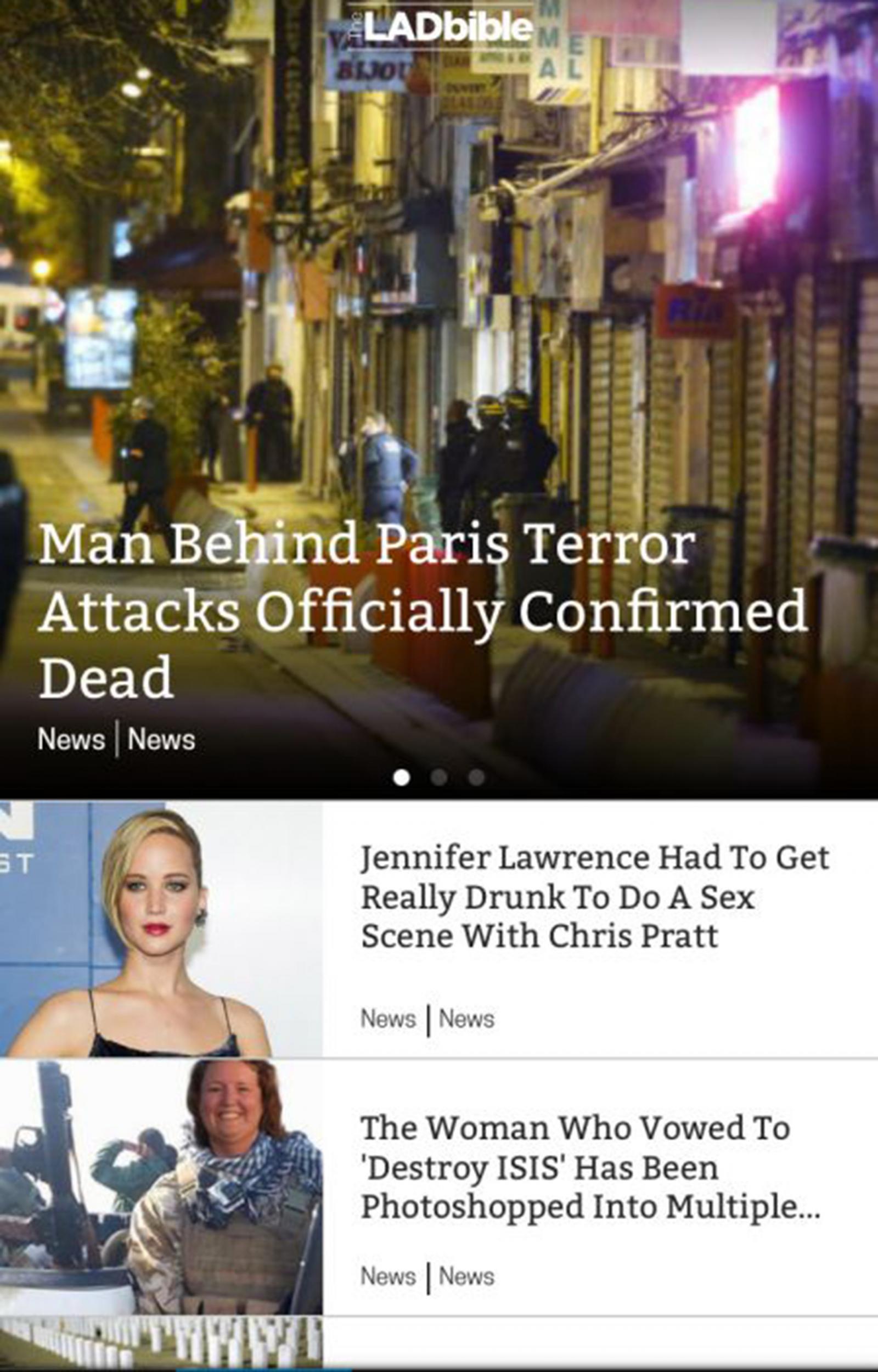
So far Solomou and his team have been cautious in their approach to monetising their audience, preferring to build scale. “We could sell a lot more inventory,” said Turner. The company now has 20 commercial staff based in Shoreditch, London’s technology hub, and only recently has it begun to incorporate branded content on to its site. The LadBible’s full complement of 70 people has grown from 25 in a year.
The most recent men’s magazine launch was Coach, a free title offering advice on healthy lifestyles. Ian Westwood, group MD of publishers Dennis, said that the Lads’ Mags had tried to offer a mix of “funny, sexy, useful” content. “The internet wrecked the recipe by doing Funny and Sexy in greater volume and variety,” he said.
James Brown, pioneer of the Lads’ Mag concept as founder of Loaded, is an admirer of The LadBible and is excited by the wide range of content. He started his own male-skewed Sabotage Times site in 2009 and it now generates two million page views per month.
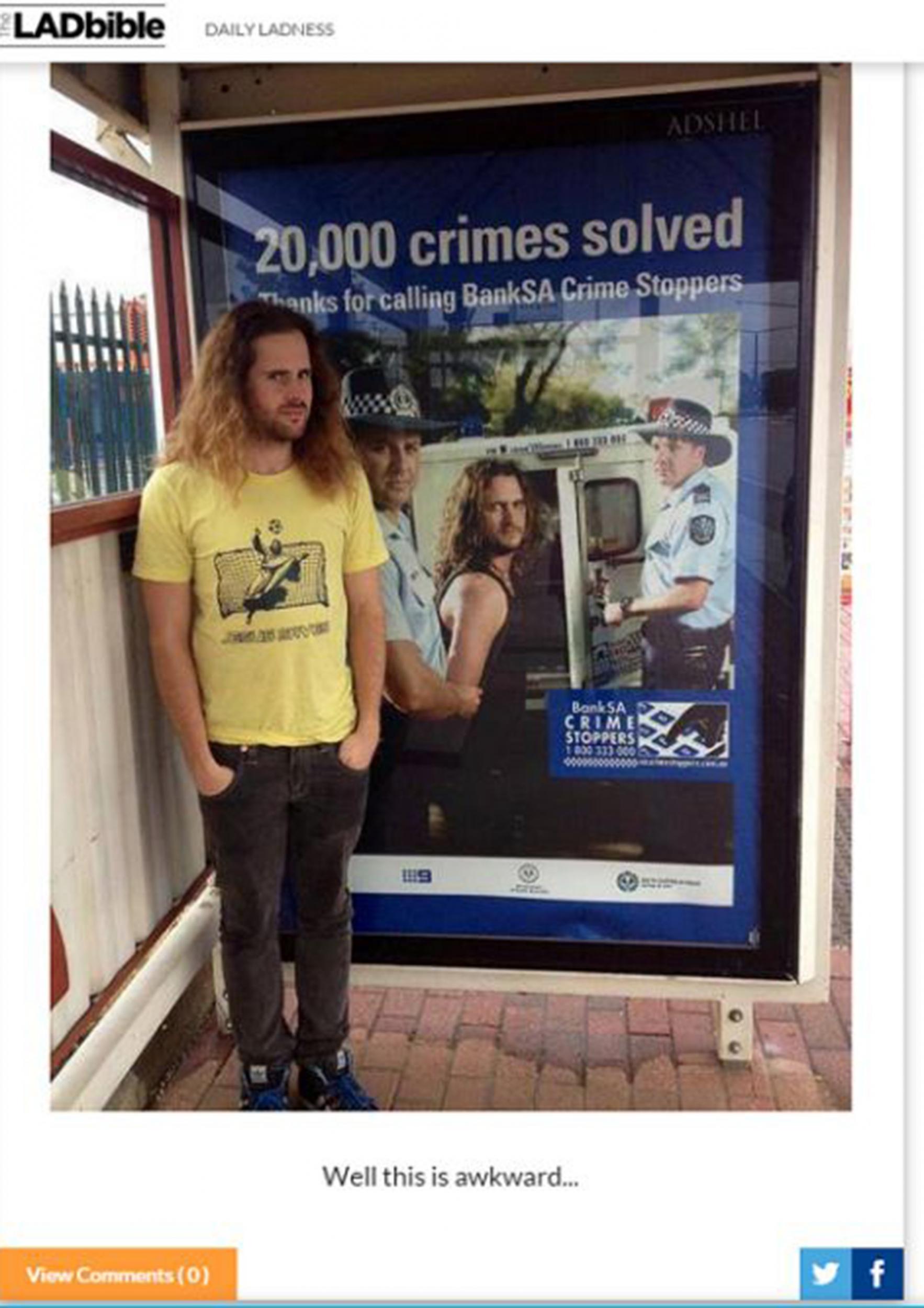
Loaded was unfairly characterised as sexist, he said, when – unlike Zoo – it never relied on pictures of undressed women. Brown’s final cover depicted a then unknown Harry Hill, sitting on a badger. It was the kind of weird image that The LadBible loves. “Lots of stuff that goes viral on social is a cross between [home movie-based TV show] You’ve Been Framed and what we were doing on Loaded,” he said.
Lads’ Mags, said Brown, could not compete with the plethora of alternative media sources serving young men. Most of all, he noted, there were opportunities for anyone to contribute on YouTube and Twitter. “You can read the funniest gag or GIF in the world and it has just come from an individual,” he said.
And each time that happens it’s an opportunity for The LadBible team.
Join our commenting forum
Join thought-provoking conversations, follow other Independent readers and see their replies
Comments